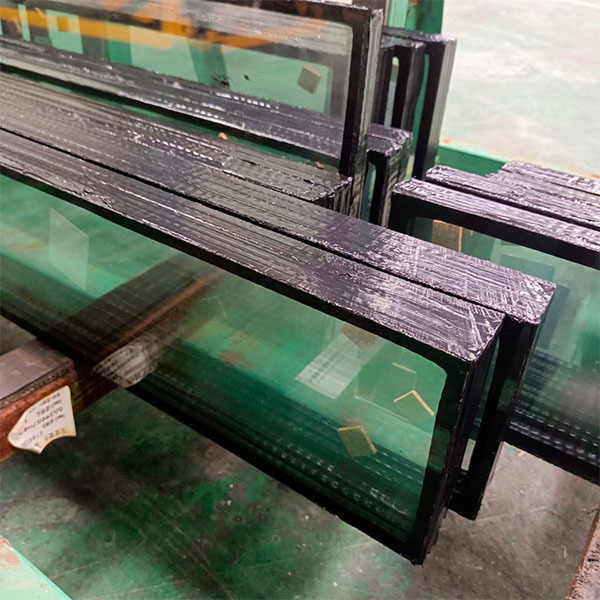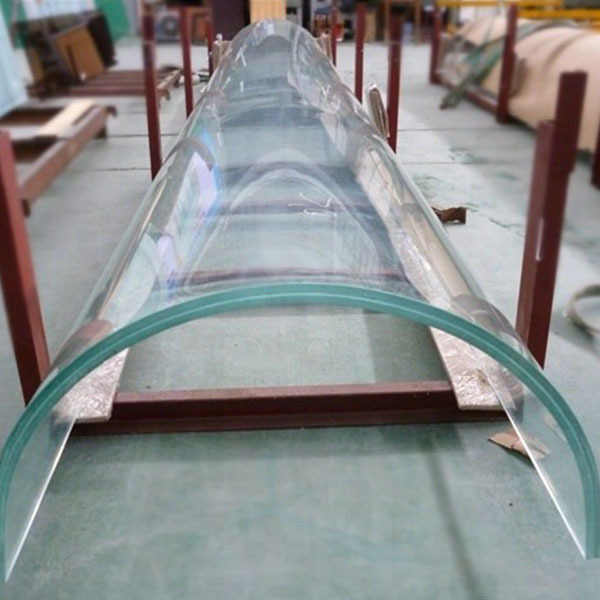Understanding Insulated Glass: Benefits and Applications in Construction
Release Time:
2025-10-15
Insulated glass, commonly known as double or triple glazing, consists of two or more glass panes separated by a space filled with gas, typically argon or krypton. This design significantly enhances thermal insulation compared to standard single-pane glass. The primary function of insulated glass is to minimize heat transfer between the interior and exterior of a building, promoting energy efficien
Insulated glass, commonly known as double or triple glazing, consists of two or more glass panes separated by a space filled with gas, typically argon or krypton. This design significantly enhances thermal insulation compared to standard single-pane glass. The primary function of insulated glass is to minimize heat transfer between the interior and exterior of a building, promoting energy efficiency and contributing to sustainability efforts in construction.
One of the most significant benefits of insulated glass is its ability to reduce energy consumption. By limiting heat loss during colder months and minimizing heat gain in warmer months, insulated glass helps maintain a consistent indoor temperature. This translates into lower energy costs for heating and cooling, making it an attractive option for both residential and commercial properties. Furthermore, many building codes now encourage the use of energy-efficient materials, making insulated glass a compliant choice for modern construction.
In addition to energy efficiency, insulated glass also provides enhanced sound insulation. The space between the glass panes acts as a barrier to sound waves, making it an ideal solution for buildings located in noisy environments, such as urban areas or near highways. As a result, insulated glass contributes to a more comfortable living or working space by reducing external noise disturbances.
Another important aspect of insulated glass is its impact on condensation. The insulating properties of the glass help maintain a higher surface temperature on the inner pane, reducing the likelihood of condensation forming. This not only improves visibility and comfort but also protects against potential issues related to mold and mildew, which can occur in environments with high humidity.
Insulated glass is also versatile in terms of design. It can be customized to meet various aesthetic preferences, including different tinting options, coatings for UV protection, and various frame materials. This flexibility allows architects and designers to incorporate insulated glass into a wide range of building styles while achieving both functional and visual appeal.
In conclusion, insulated glass is a critical material in the building and decorative materials industry, offering substantial benefits in energy efficiency, sound insulation, and moisture control. Its versatility in design further enhances its applicability across diverse architectural projects. For professionals in construction, understanding the advantages and applications of insulated glass is essential for delivering high-performance, sustainable buildings that meet the demands of today's market.
One of the most significant benefits of insulated glass is its ability to reduce energy consumption. By limiting heat loss during colder months and minimizing heat gain in warmer months, insulated glass helps maintain a consistent indoor temperature. This translates into lower energy costs for heating and cooling, making it an attractive option for both residential and commercial properties. Furthermore, many building codes now encourage the use of energy-efficient materials, making insulated glass a compliant choice for modern construction.
In addition to energy efficiency, insulated glass also provides enhanced sound insulation. The space between the glass panes acts as a barrier to sound waves, making it an ideal solution for buildings located in noisy environments, such as urban areas or near highways. As a result, insulated glass contributes to a more comfortable living or working space by reducing external noise disturbances.
Another important aspect of insulated glass is its impact on condensation. The insulating properties of the glass help maintain a higher surface temperature on the inner pane, reducing the likelihood of condensation forming. This not only improves visibility and comfort but also protects against potential issues related to mold and mildew, which can occur in environments with high humidity.
Insulated glass is also versatile in terms of design. It can be customized to meet various aesthetic preferences, including different tinting options, coatings for UV protection, and various frame materials. This flexibility allows architects and designers to incorporate insulated glass into a wide range of building styles while achieving both functional and visual appeal.
In conclusion, insulated glass is a critical material in the building and decorative materials industry, offering substantial benefits in energy efficiency, sound insulation, and moisture control. Its versatility in design further enhances its applicability across diverse architectural projects. For professionals in construction, understanding the advantages and applications of insulated glass is essential for delivering high-performance, sustainable buildings that meet the demands of today's market.



